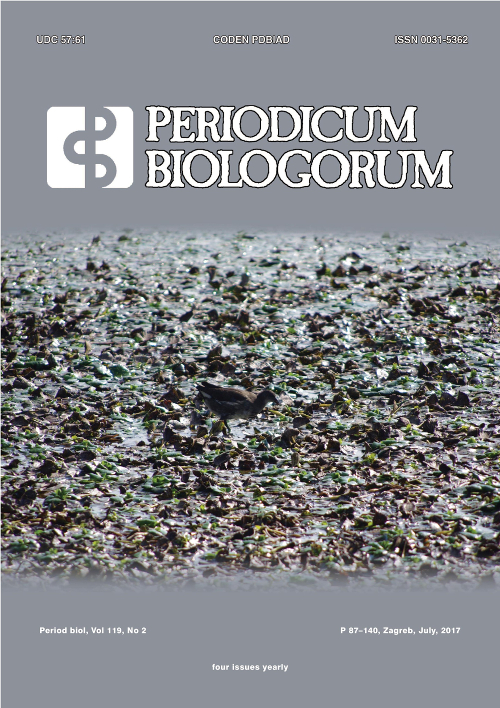Interleukin-6 in cardiac surgery
DOI:
https://doi.org/10.18054/pb.v119i2.4928Abstract
Background and Purpose: Interleukin (IL)-6 is a multi-functional pro- and anti-inflammatory cytokine, and it has been a reliable biomarker of cardiac function status and myocardial damage. However, the characteristics of IL-6 expressions in the cardiac surgical patients have not been comprehensively described. The purpose of this review is to present the current knowledge on the role of IL-6 in the field of cardiac surgery.
Materials and Methods: Medical literature of IL-6 in cardiac surgical disorders of recent 3 decades were carefully collected as studying materials, and comprehensively reviewed and analyzed.
Results: Plasma IL-6 was significantly elevated 1 hour and peaked 3-6 hours after the start of cardiopulmonary bypass with a gradual decrease constant maintenance thereafter. No significant differences were found between patients with biological and mechanical heart valve replacements between on-poump and off-pump coronary artery bypass, or between cyanotic and acyanotic congental heart patients. The elevation of IL-6 was higher in mitral valve replacement than in coronary artery bypass grafting patients and in non-heart transplantation than heart transplantation patients. Il-6 was involved in the pathogenesis of pulmonary artery hypertension and infective endocarditis, and predicted adverse cardiac events, such as coronary graft occlusion, aortic dissection progression, and cardiac myxoma recurrence.
Conclusions: In cardiac surgical patients, the expression of IL-6 reflects the inflammatory situation of the patients and also predicts their prognosis. The higher elevation of IL-6 in mitral valve replacement and in non-heart transplantation might be attributed to cardiotomy suction, and to lack of sterioid use. Early administrations with steroid, α2-adrenergic agonists, incretin hormones, or ischemic conditioning could reduce the inflammatory response and prevent from pertinent postoperative complications. Anesthetic agents and technique of choices may also reduce immune reactions and lower circulating cytokines. Extracorporeal IL-6 removal facilities have been successfully applied in clinical practice. The potential alternative therapies with IL-6 antibodies might be further developed and used in such patients for preventing myocardial apoptotic processes.
Downloads
Additional Files
- Fig.1
- Fig.2
- 4928-14395-1-SM (Revised with author information, structured Abstract, 40 ref.)
- suggested reviewers
- Interleukin-6 in cardiac surgery (revised, clear 3, without authors' info)
- 4928-14395-1-SM (Revised with tracking 2, without authors' info)
- Answers to Reviewers' comments
- interleukin-6 in cardiac surgery (Last version)
Published
Issue
Section
License
The contents of PERIODICUM BIOLOGORUM may be reproduced without permission provided that credit is given to the journal. It is the author’s responsibility to obtain permission to reproduce illustrations, tables, etc. from other publications.


